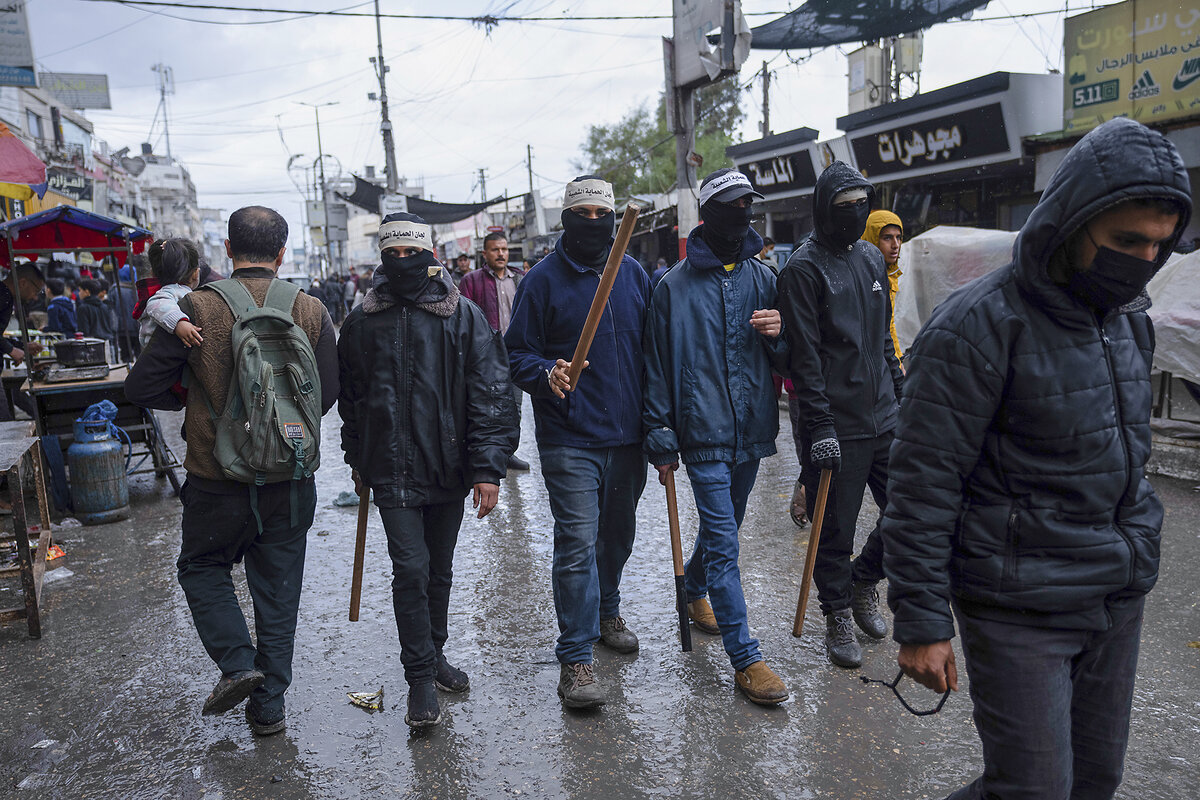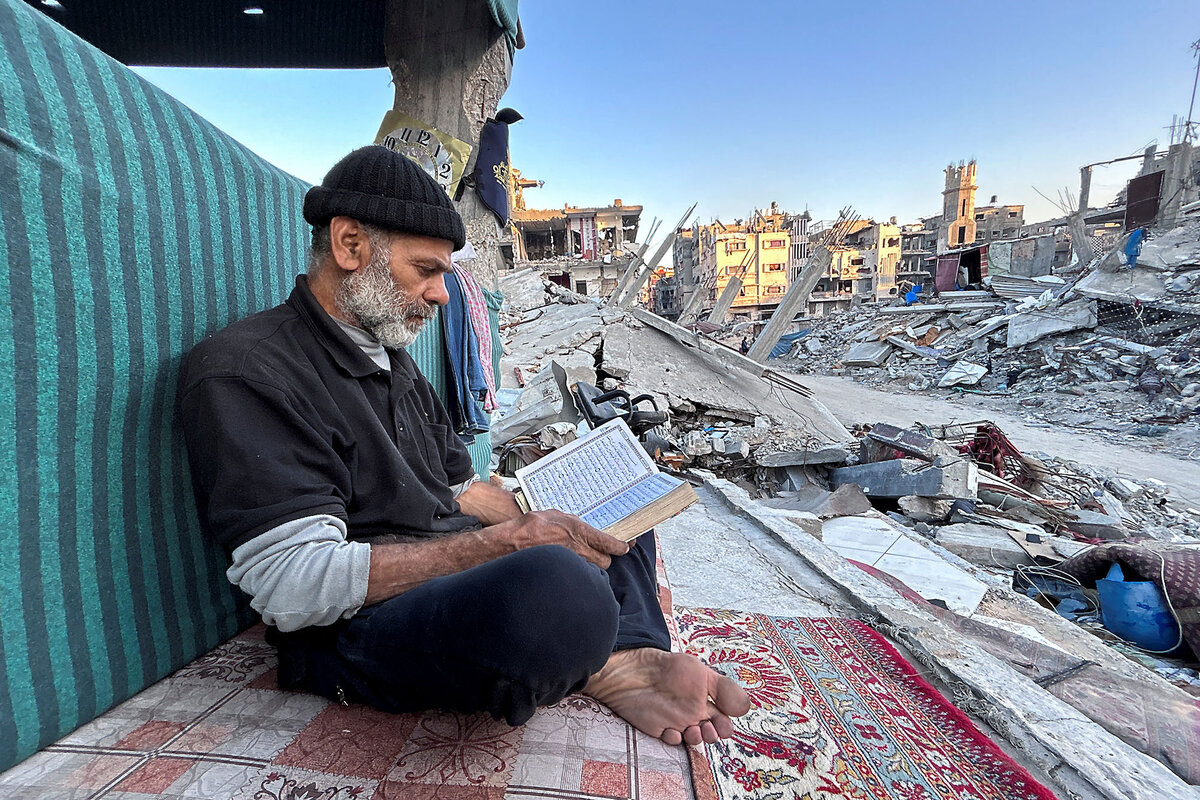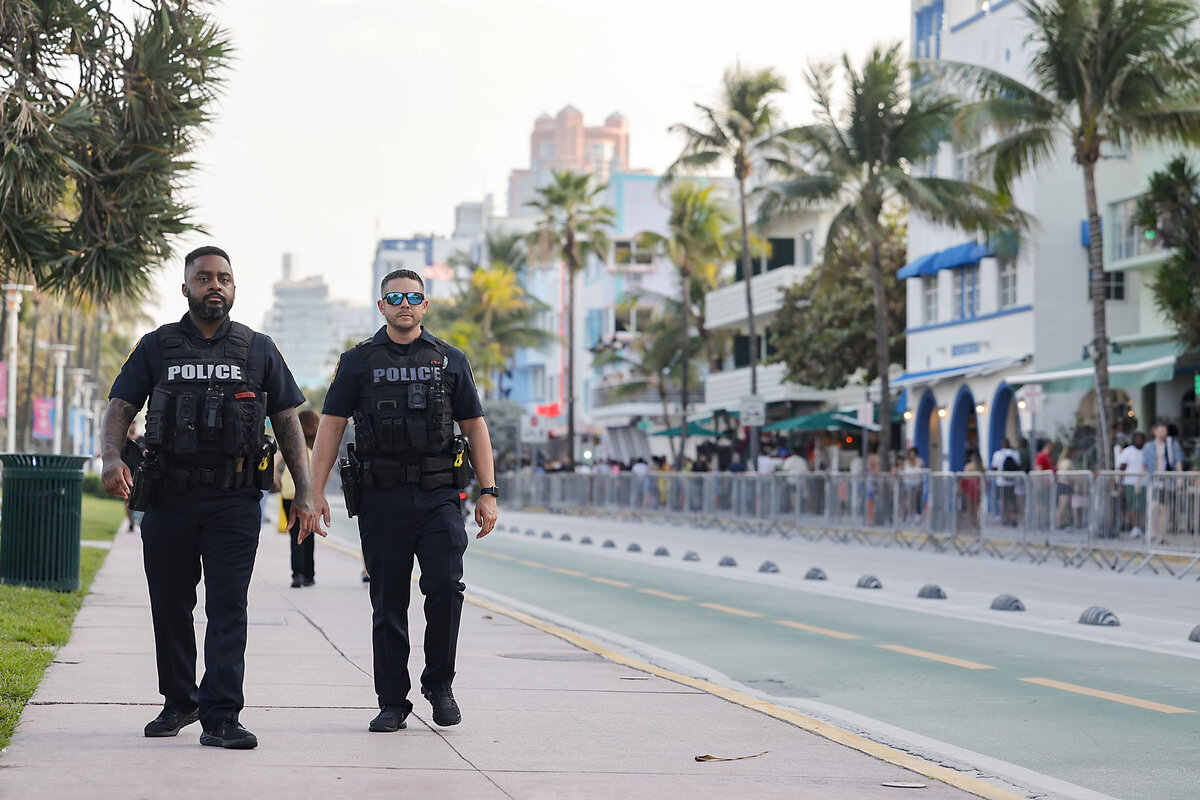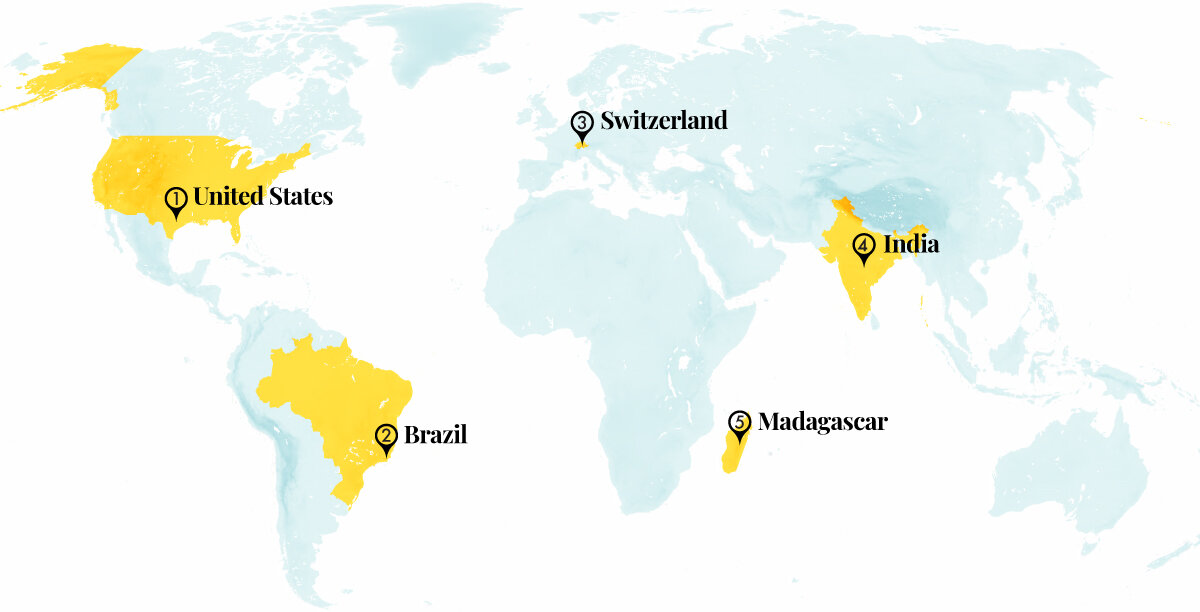Monitor Daily Podcast
- Follow us:
- Apple Podcasts
- Spotify
- RSS Feed
- Download
 Clayton Collins
Clayton Collins
At key moments in history, “people power” has swelled as an expression of unity and will, a manifestation of agency.
It can be aimed at dug-in regimes or at upstart governments seen as not representing those whose interests they claim to defend. It takes many forms: deft opposition politics, violent clashes, and tactical persistence among them.
It can be snuffed out or take generations to succeed. What always lies at its heart: a fundamental yearning to be heard. Our first story today looks at what’s stirring in Gaza as Palestinians there, focused mainly on survival, begin – ever so tentatively – to more openly question Hamas.











